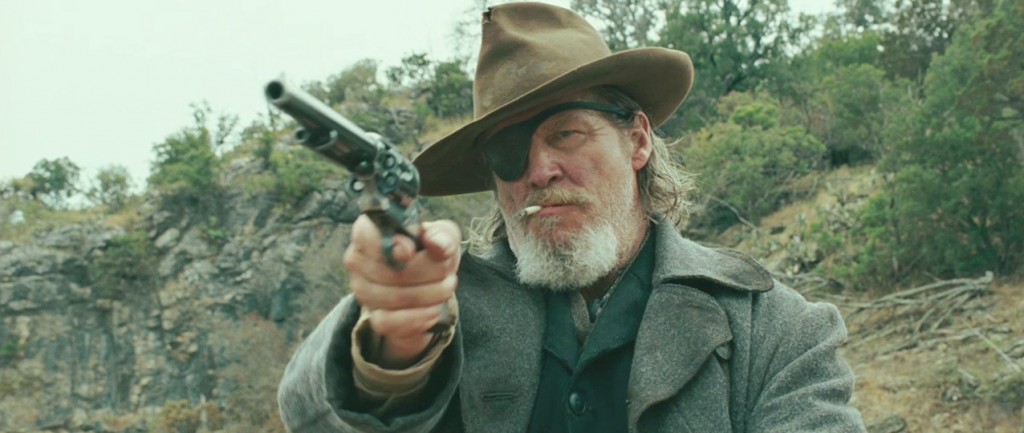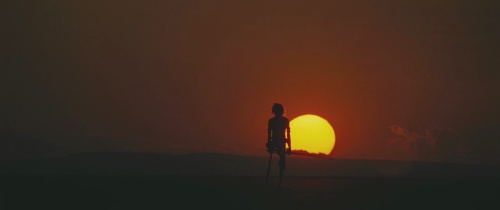True Grit (Joel & Ethan Coen, 2010) and
True Grit (Henry Hathaway, 1969)
We hear a lot of griping about Hollywood remakes, usually in the context of telling us how creatively bankrupt the industry is. Well, perhaps – perhaps – there’s some truth in that. But we can also look on remakes as a way of measuring the progress of basic storytelling craft in Hollywood, by seeing how the same material is treated differently over time. And so it is with the western True Grit, Joel and Ethan Coen’s adaptation of Charles Portis’ novel, which had previously been filmed in 1969 by Henry Hathaway.
Such an exercise is never scientific, of course. Hathaway was an experienced old-hand, in his early seventies, towards the end of a long career that stretched back to the silent era. While a distinguished studio veteran, he wasn’t a figure of the calibre of John Ford or Howard Hawks; he was never held in the same esteem as the Coen brothers are today. In other respects, though, the talent in the films can be seen as comparable. Hathaway’s film was still a prestige production, and in John Wayne it features the kind of old-fashioned star power that the post-classical era Hollywood can’t really build any more. It is also interesting for its pairing of Wayne with a couple of notable figures from the then-emerging generation of New Hollywood actors, with Dennis Hopper and Robert Duvall in small-ish but important supporting parts. Against that, the Coens have Jeff Bridges in the Wayne role, Matt Damon in the big supporting part (played by musician Glen Campbell in Hathaway’s film), and a comparable stock of interesting supporting players as villains (most notably Josh Brolin and Barry Pepper).



